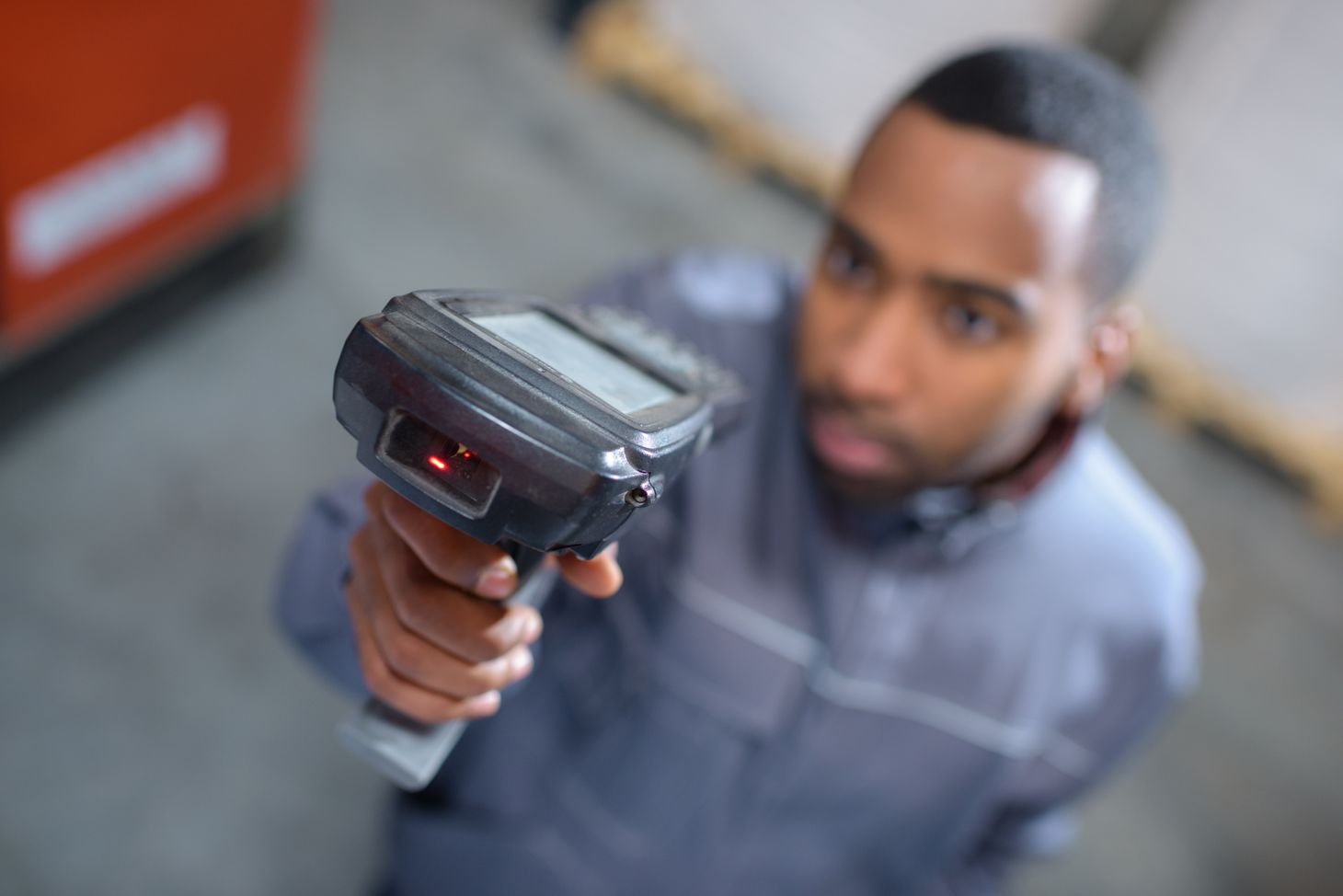Scanning Tunnel: Creating one that works
Can a scanning tunnel change the nature of a business? For example, as I’ve mentioned a few times now, I’m not a huge fan of putting too much emphasis on ROI in the innovation process. However, there are businesses and industries where trying to downplay ROI in the ranking process would create resis

Can a scanning tunnel change the nature of a business? For example, as I’ve mentioned a few times now, I’m not a huge fan of putting too much emphasis on ROI in the innovation process. However, there are businesses and industries where trying to downplay ROI in the ranking process would create resistance and frustration between the team and the organization as a whole.
The Kroger team has had to adapt the way they use ROI as a ranking tool to reflect the incredibly slim profit margins for their industry. Their reality is that they have to sell a lot of milk and bread to have just one dollar to invest in innovation. As a result, every innovation dollar has to justify its spend earlier in the process than I generally recommend. The team has accepted this central characteristic of their business, rather than trying to work against it.
By putting this process into motion, Kroger has used their innovation team to pull off one of the most significant innovations in grocery retailing: creating a scanning tunnel that really works. This innovation is particularly notable because developing technology that radically simplifies and speeds up the process of self-checkout has long been the elusive golden ring for grocers. With Kroger’s system, when a customer is ready to check out, he can simply place all his items on the conveyer belt of the tunnel. Customers don’t need to check and make sure the barcodes face a certain way, nor do they need to space out or organize items in any particular way. The tunnel uses advanced technology to “see” each item and price it accurately, even with items that are sold by weight. As soon as the items are all on the belt, the customer can go around to the far end of the scanner and start to bag his purchases.
For Kroger the core Killer Question concept was How can we provide a high-end shopping experience at an acceptable price point for our customer? The scanning tunnel allows Kroger to free up employees to work in the main areas of the store instead of at the registers, and provide the customer-first experience that sets them apart from competitors.
Kroger has done many things differently from the system I’ve outlined in the book, and they’ve seen incredibly successful results. They’ve adapted the ideas here to suit their corporate culture and the realities of their industry. The scanning tunnel will radically change the nature of their business, and I’m interested to see what else their innovation team comes up with in the future.
Your business or industry might require a similar flexibility. Don’t worry that you are compromising the overall effectiveness of your innovation process by tweaking the way you use the methods in this book. As long as you are actually getting out there, asking the Killer Questions, and generating ideas, you are on the right track. That’s more important than trying to shoehorn a set methodology into your corporate culture.
Phil McKinney Newsletter
Join the newsletter to receive the latest updates in your inbox.




